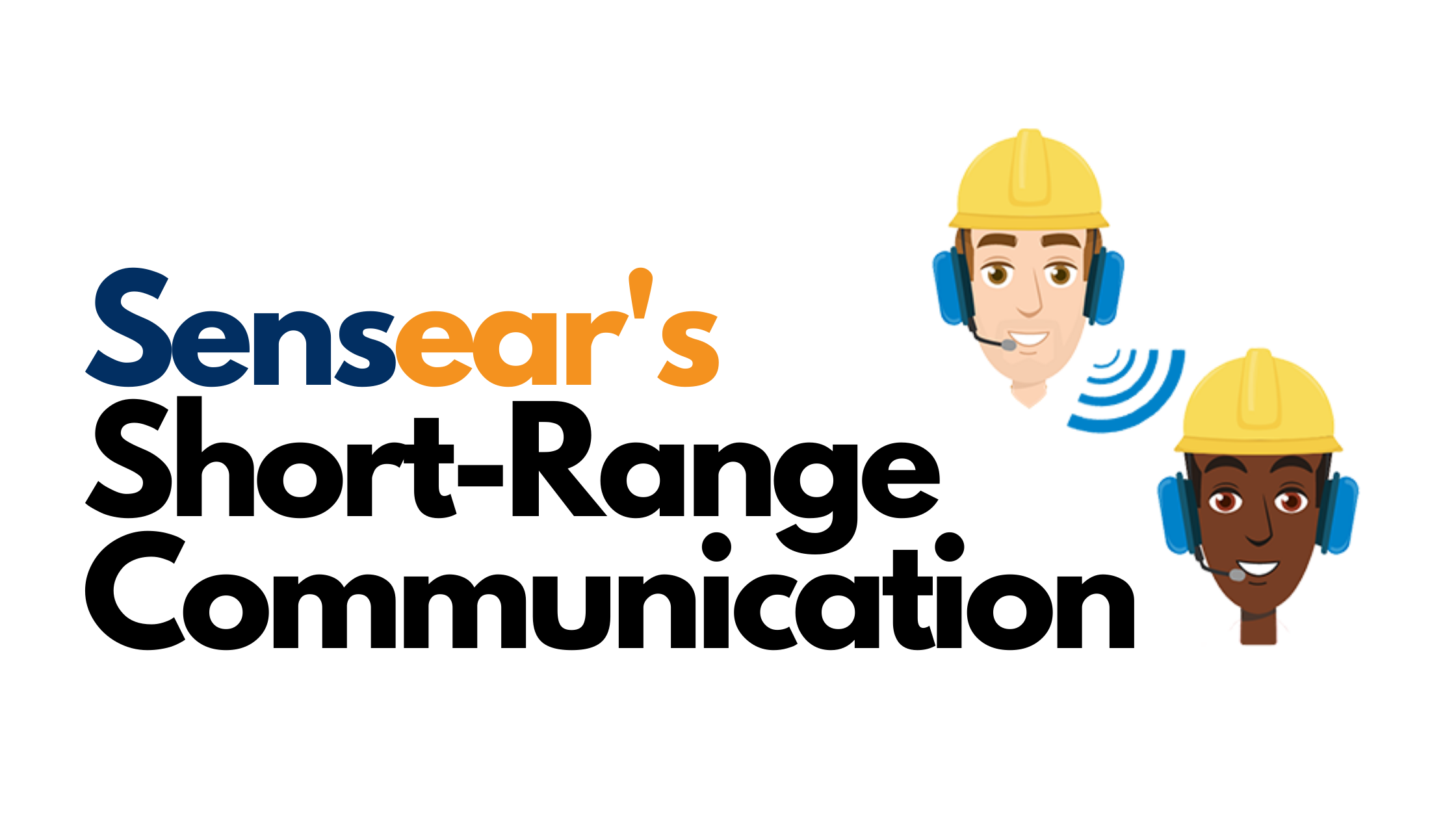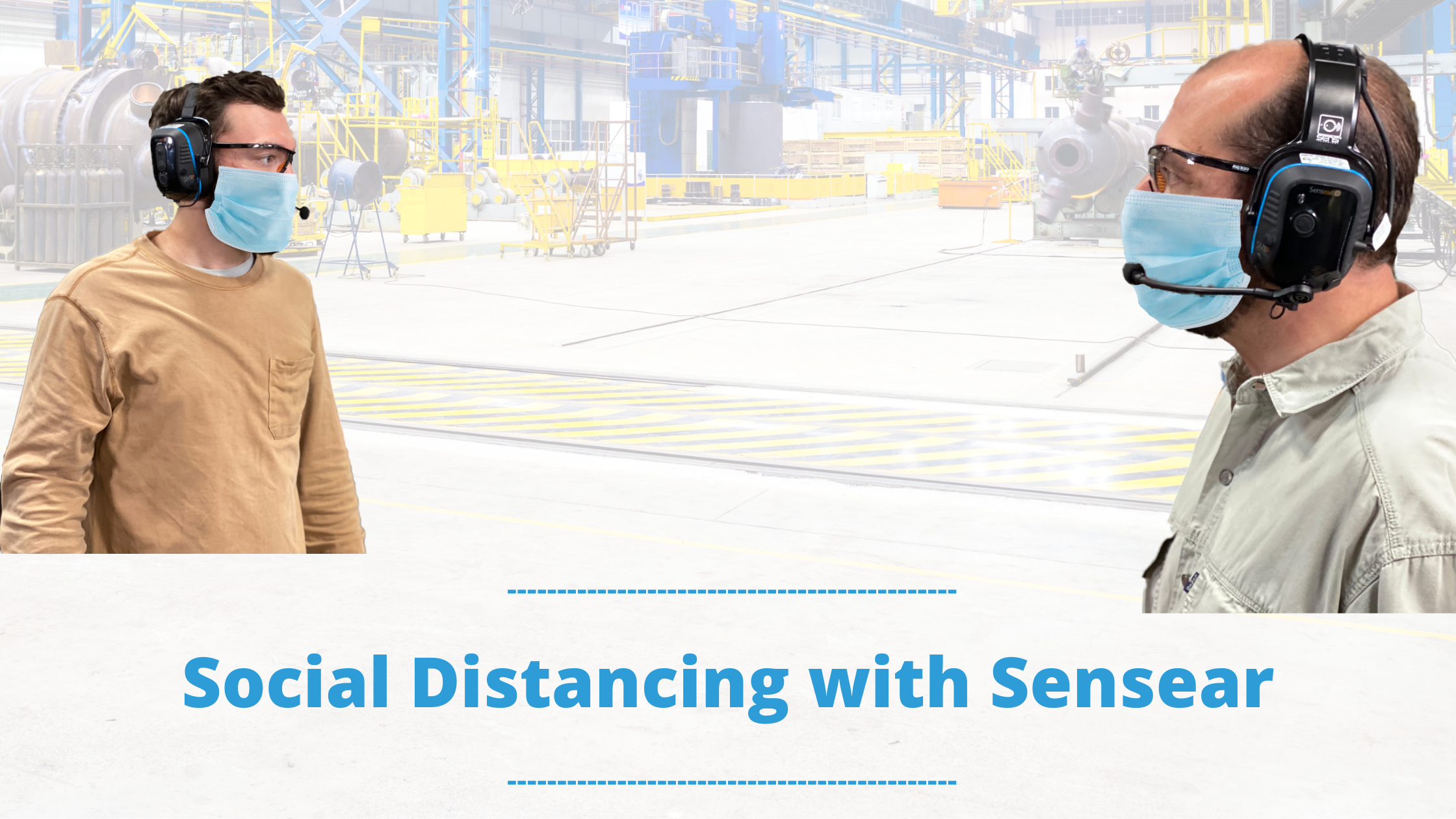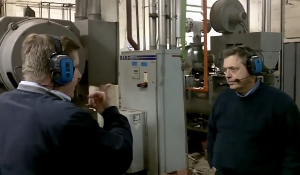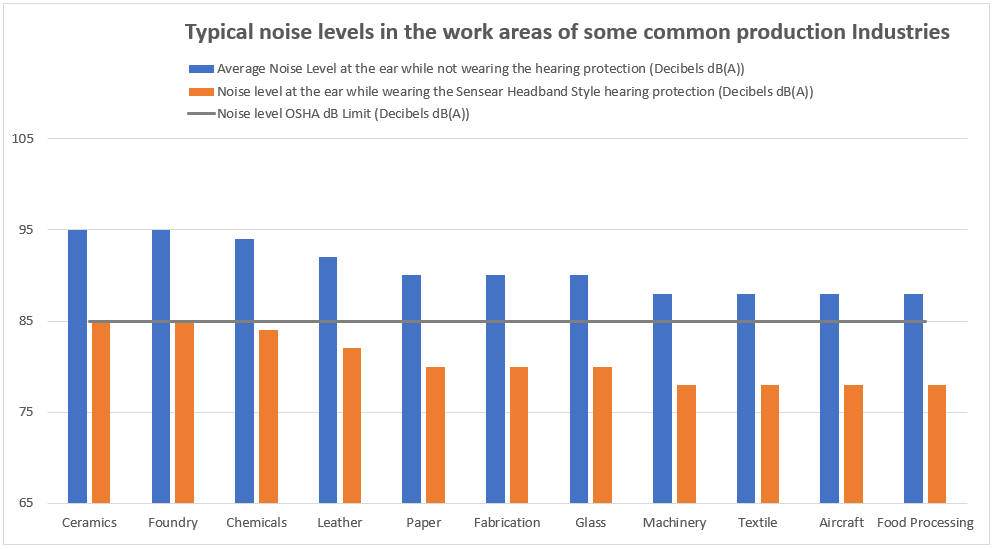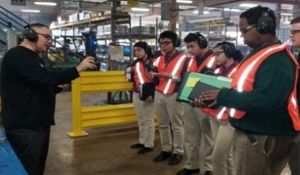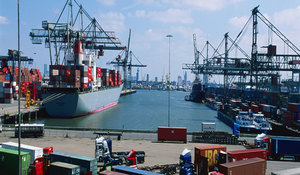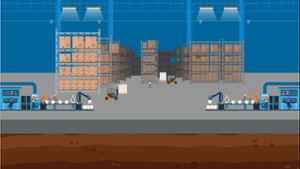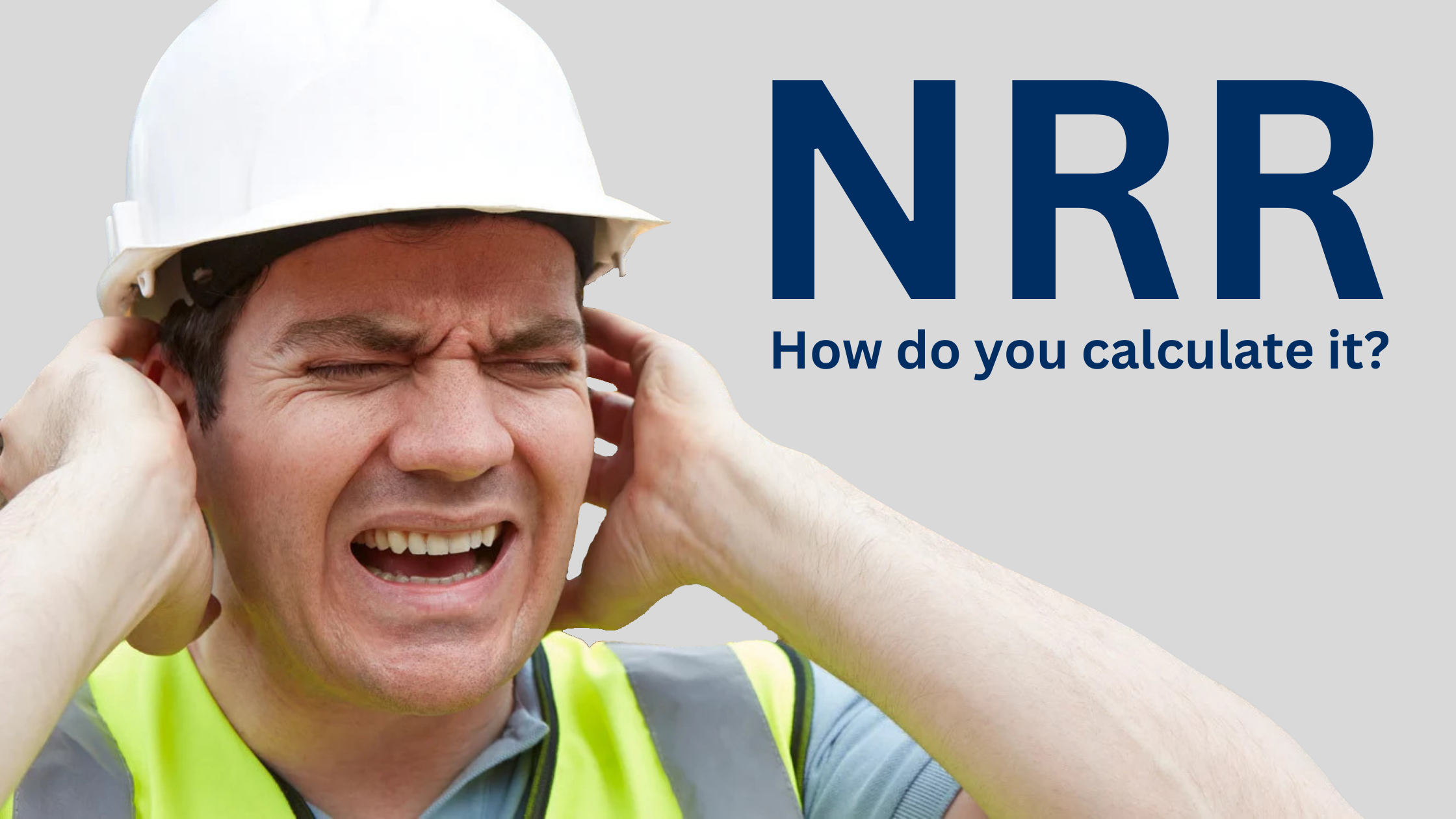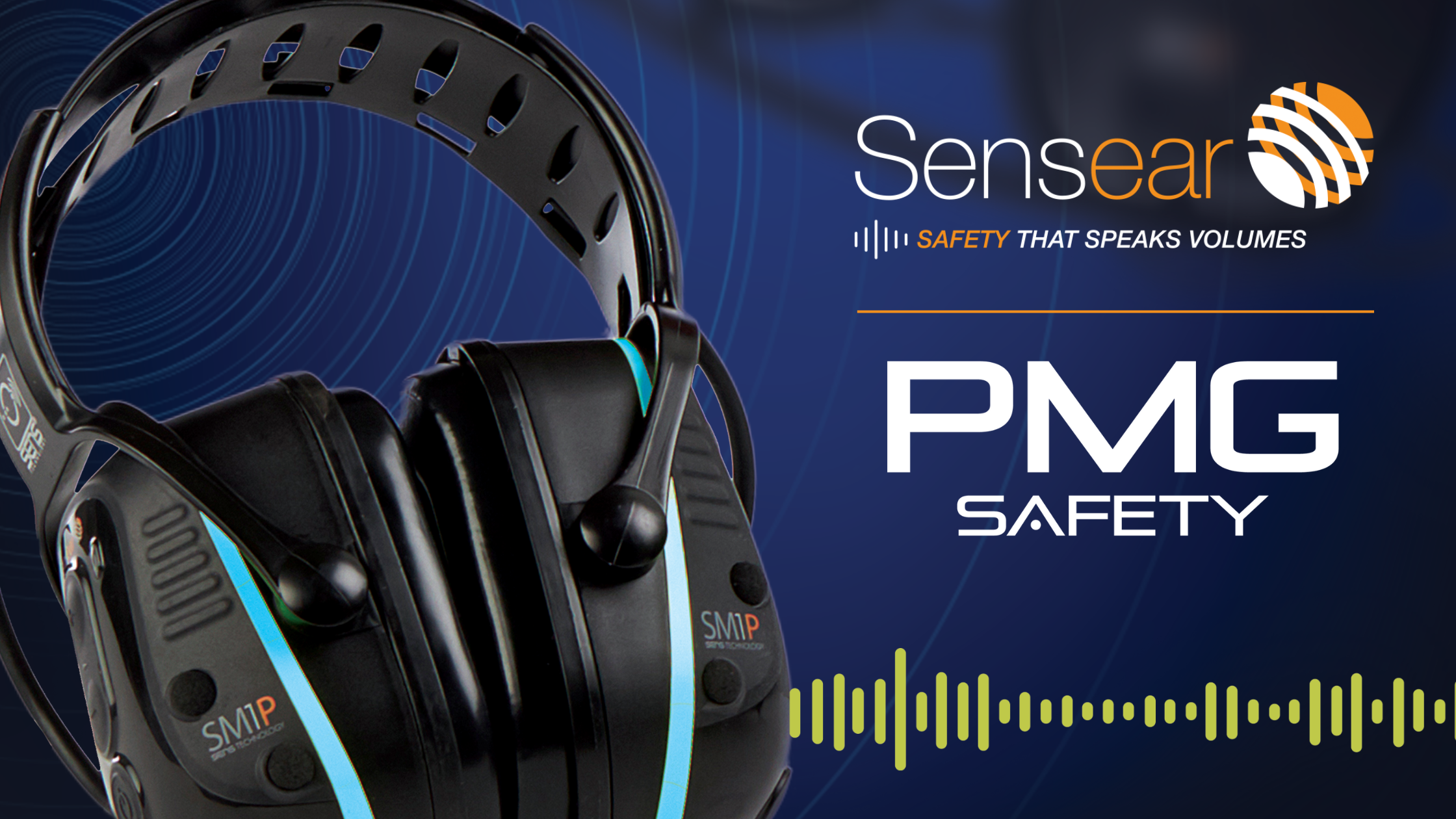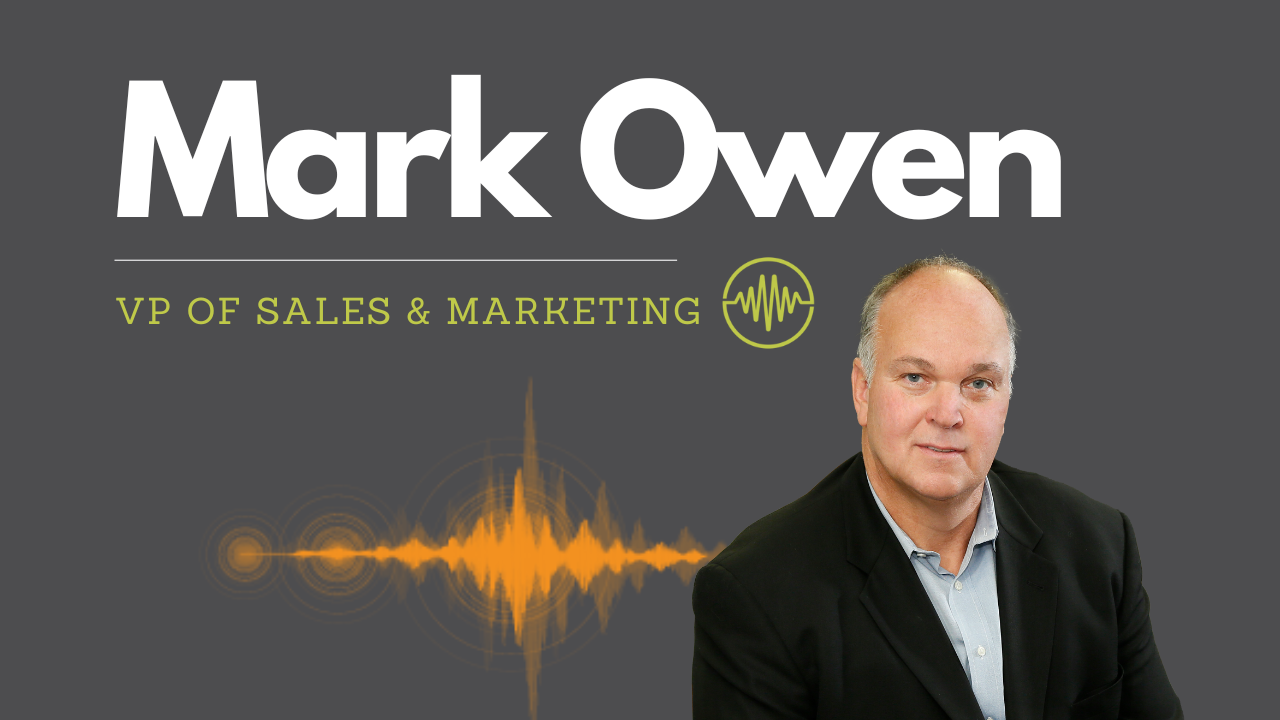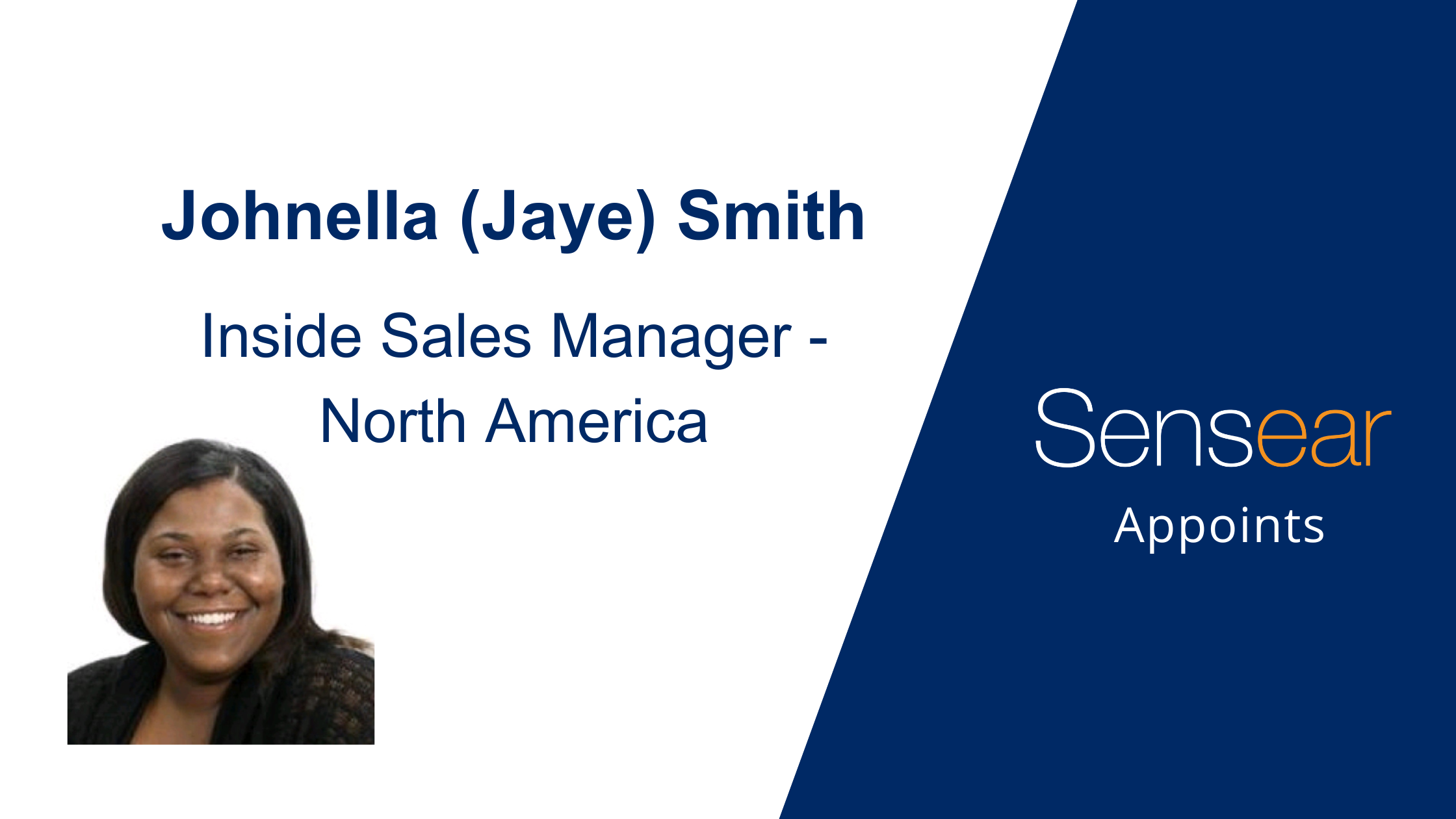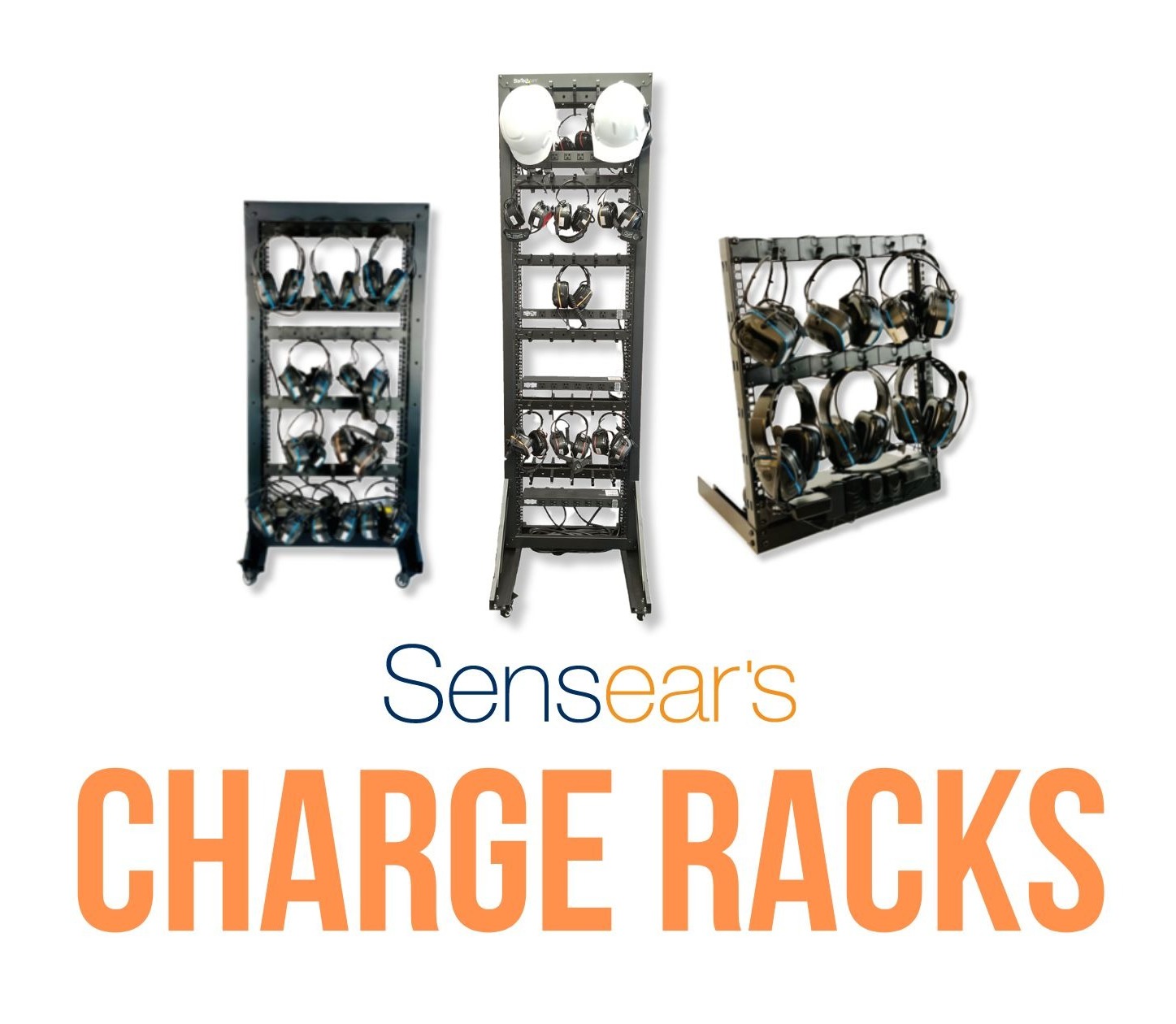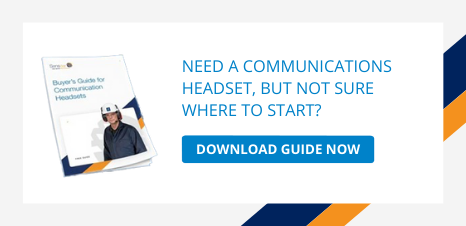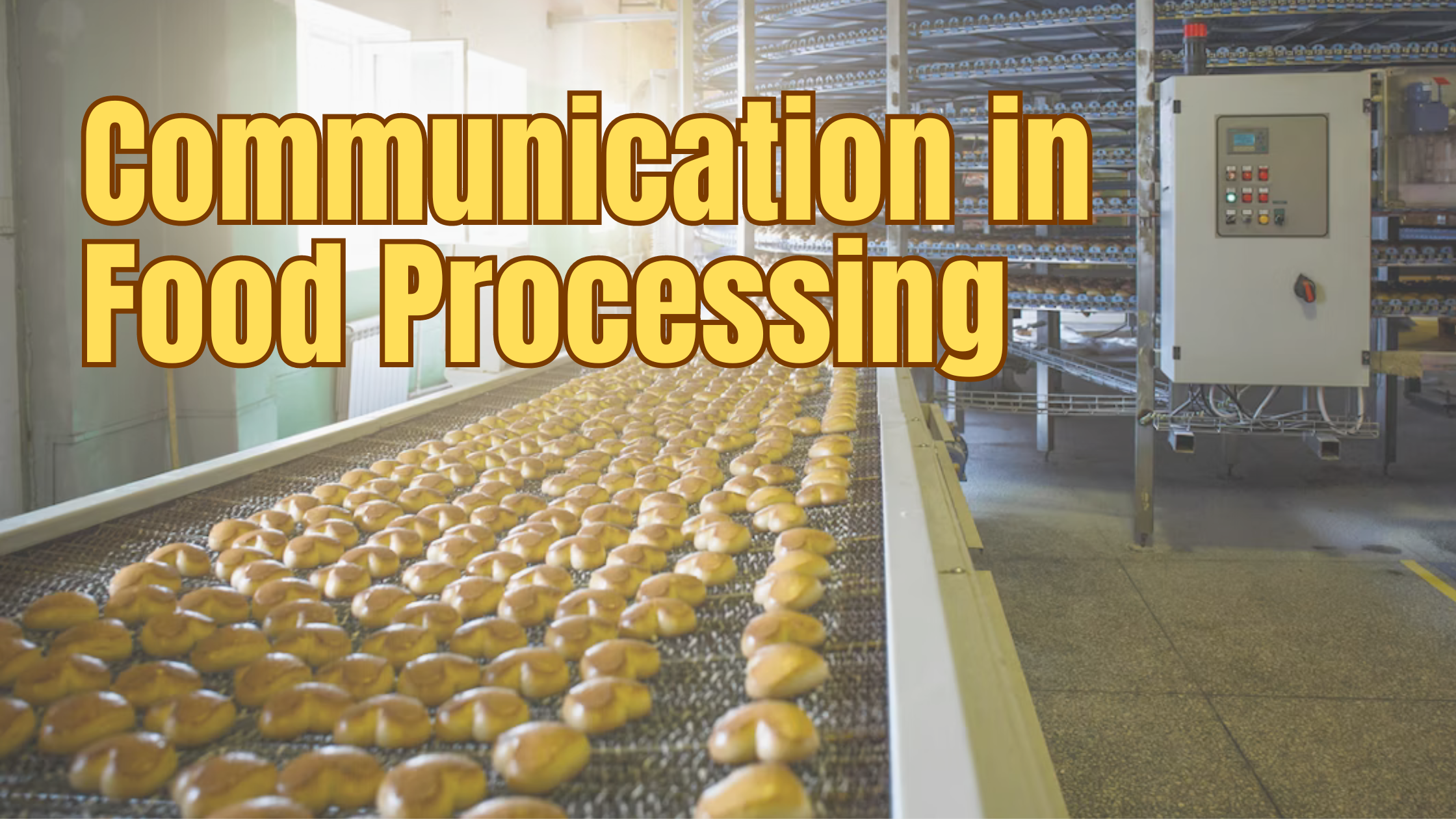
There are over 1.64 million workers in the food processing industry who face numerous safety hazards while on the job. One of the most common hazards is the high noise levels from the equipment around the plant. In certain food processing plants, the noise can exceed 95 dB(A), making it difficult for workers to communicate effectively. Often, workers resort to removing their ear protection and shouting over the noise or seeking out quieter areas for simple conversations, which can lead to unsafe practices and downtime.

